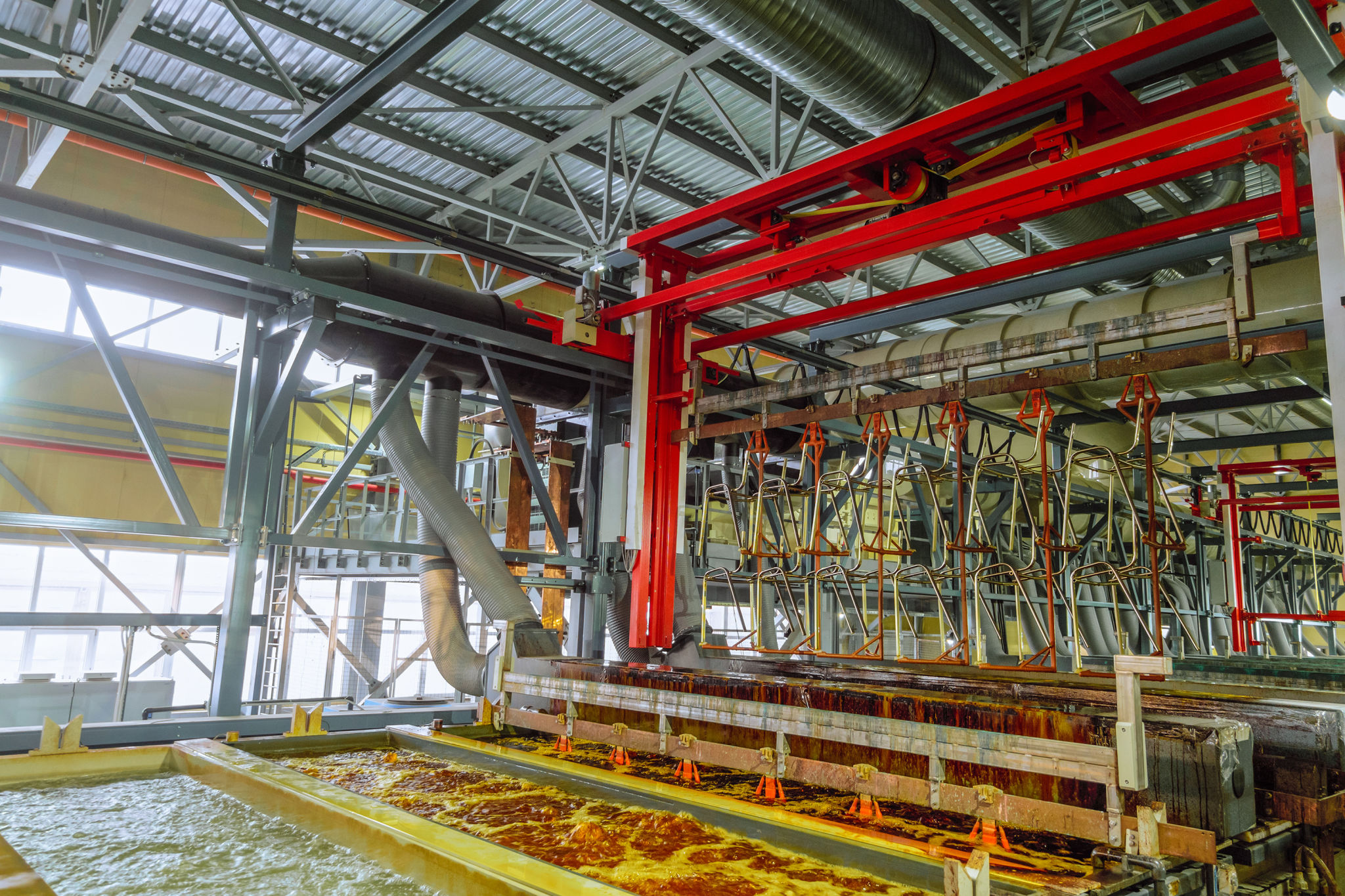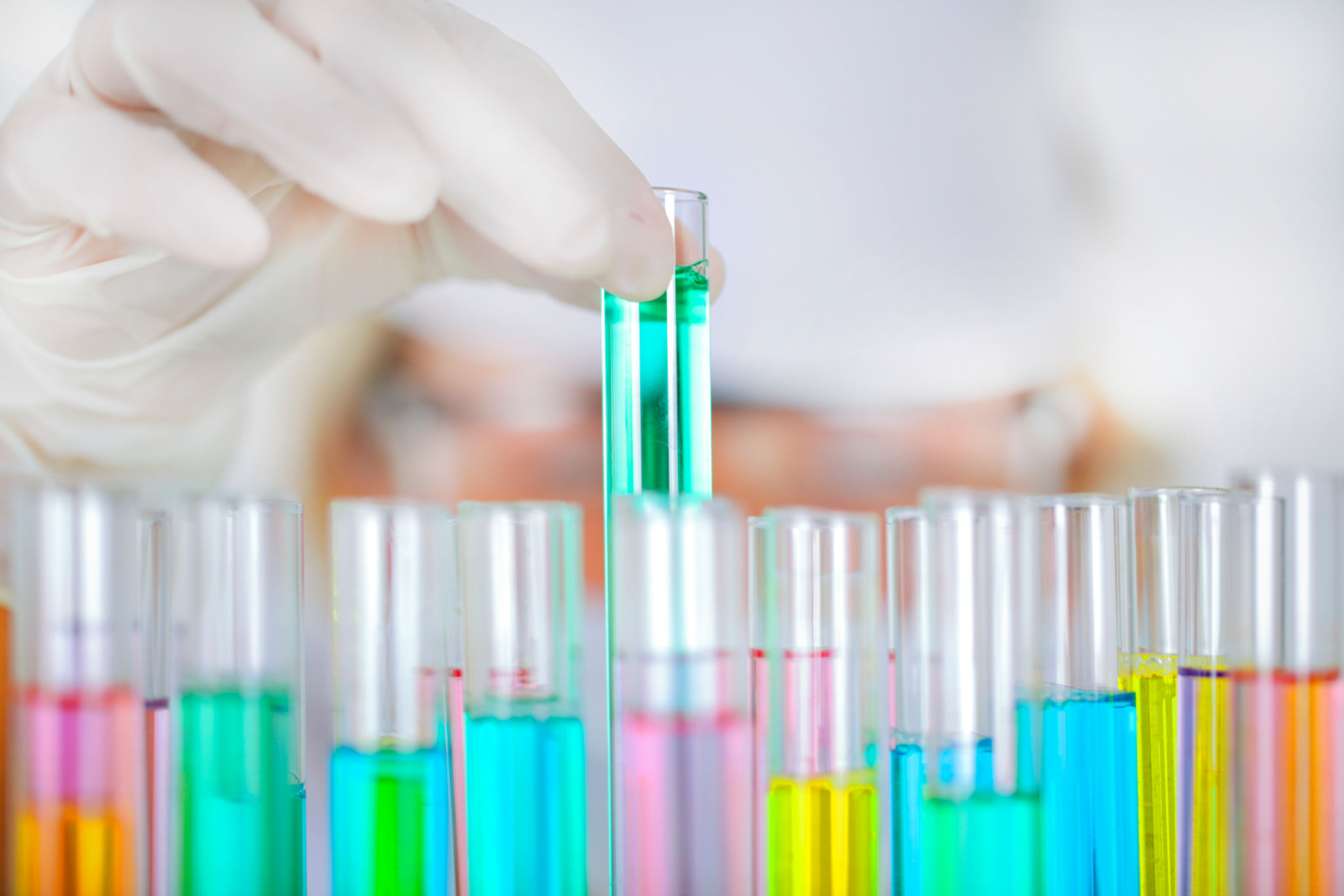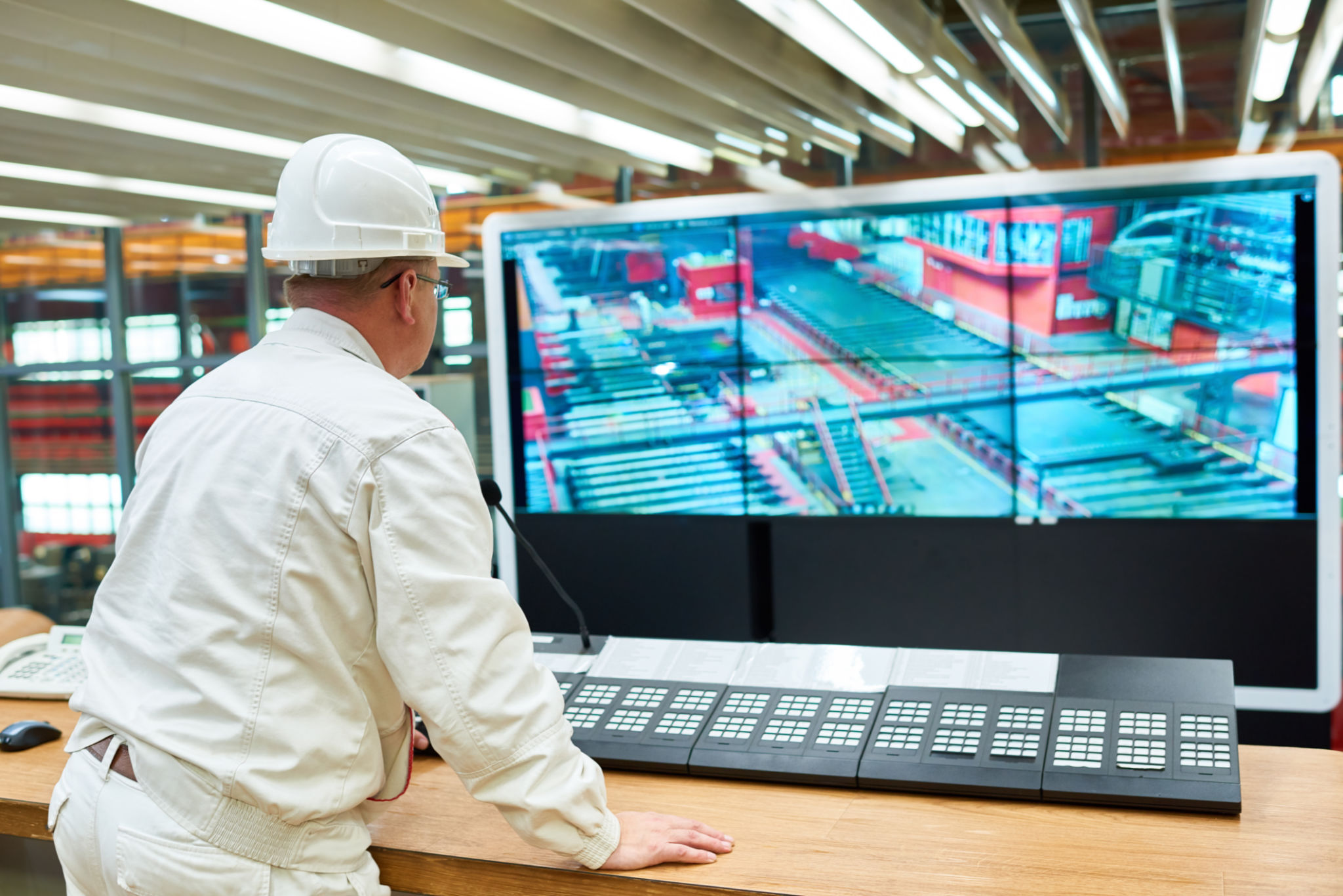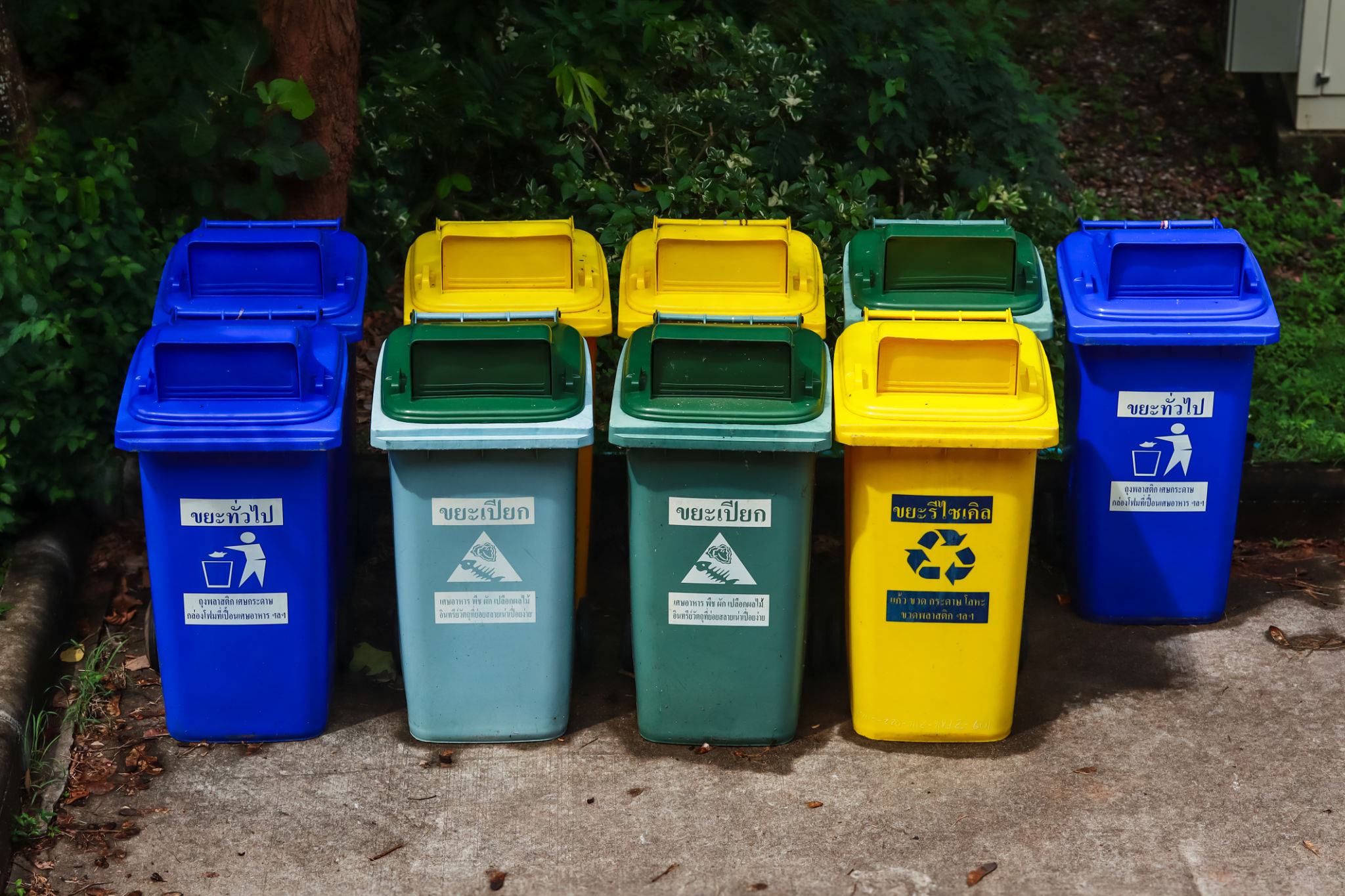How to Optimize Electroplating Systems in Turkey for Maximum Efficiency
Electroplating is a critical process in various industries in Turkey, known for enhancing the properties of metal surfaces. Optimizing electroplating systems not only ensures high-quality outputs but also increases efficiency and reduces costs. In this guide, we explore key strategies to optimize these systems for maximum efficiency.
Understanding the Basics of Electroplating
Electroplating involves the deposition of a metal coating onto a surface through an electrochemical process. The main components include the anode, cathode, and electrolyte solution. Understanding these elements and their interactions is essential for effective optimization.
Key Components Explained
The anode is typically made of the metal that will coat the substrate. The cathode is the workpiece to be plated, and the electrolyte solution contains metal ions. Adjusting these components can significantly impact the plating quality and efficiency.

Optimizing Chemical Composition
The composition of the electrolyte solution is crucial. Ensuring the correct concentration of metal ions and additives can improve the deposition rate and surface finish. Regular analysis and adjustment of the bath composition help maintain optimal conditions.
Additives and Their Role
Additives such as brighteners, levelers, and wetting agents play a vital role in achieving desired plating characteristics. Experimenting with different formulations can lead to enhanced results and reduced defects.

Temperature and Current Density Control
Maintaining appropriate temperature levels and current density is critical in electroplating processes. These parameters influence the rate of deposition and quality of the plate.
Monitoring Systems
Implementing monitoring systems to track temperature and current flow can help in adjusting parameters in real-time, ensuring consistent quality across batches.

Improving Equipment Maintenance
Regular maintenance of electroplating equipment is essential for long-term efficiency. This includes cleaning tanks, checking electrical connections, and inspecting anodes and cathodes for wear.
Preventive Maintenance Strategies
- Schedule regular inspections to identify potential issues early.
- Replace worn-out components promptly to avoid system breakdowns.
- Keep detailed maintenance records to improve future planning.
Environmental Considerations
Sustainability is becoming increasingly important in industrial processes, including electroplating. Implementing environmentally friendly practices not only complies with regulations but also enhances operational efficiency.
Waste Management
Adopting effective waste management practices, such as recycling metal ions from spent solutions, can reduce environmental impact and lower material costs.

Training and Skill Development
The human factor plays a significant role in the optimization of electroplating systems. Well-trained personnel can make informed adjustments to processes and quickly address issues as they arise.
Continuous Learning Programs
Investing in continuous learning programs ensures that staff are up-to-date with the latest technologies and techniques in electroplating, leading to improved efficiency and innovation.
By focusing on these optimization strategies, businesses in Turkey can enhance the efficiency of their electroplating systems, leading to better product quality, reduced costs, and increased competitiveness in the global market.
